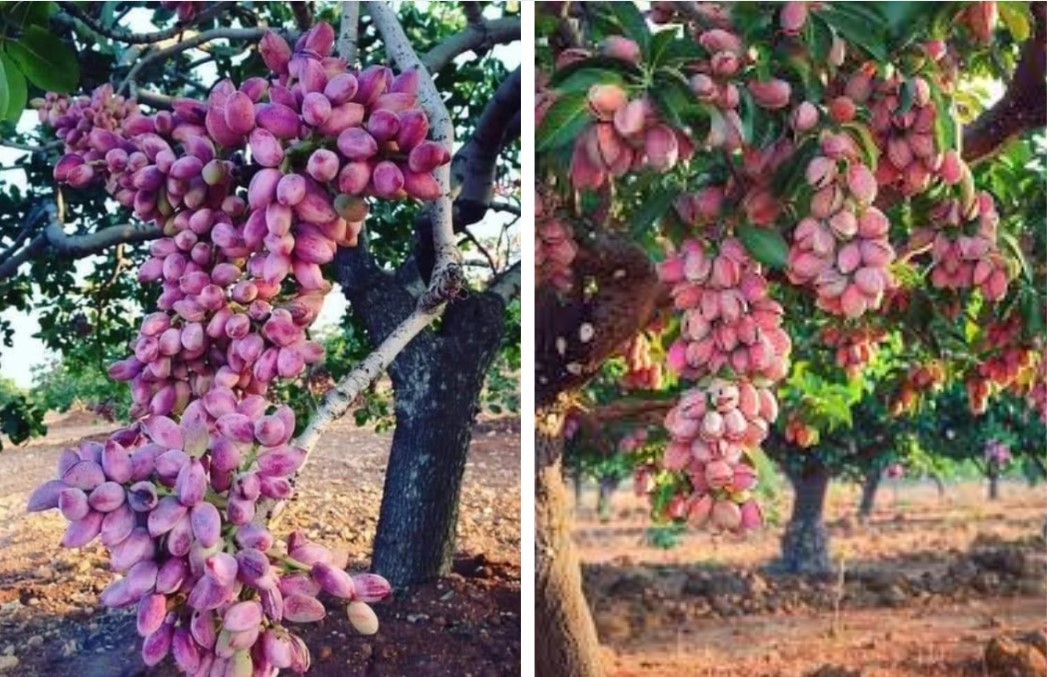What is Blue Raspberry? All About the Flavor Behind Your Favorite Foods
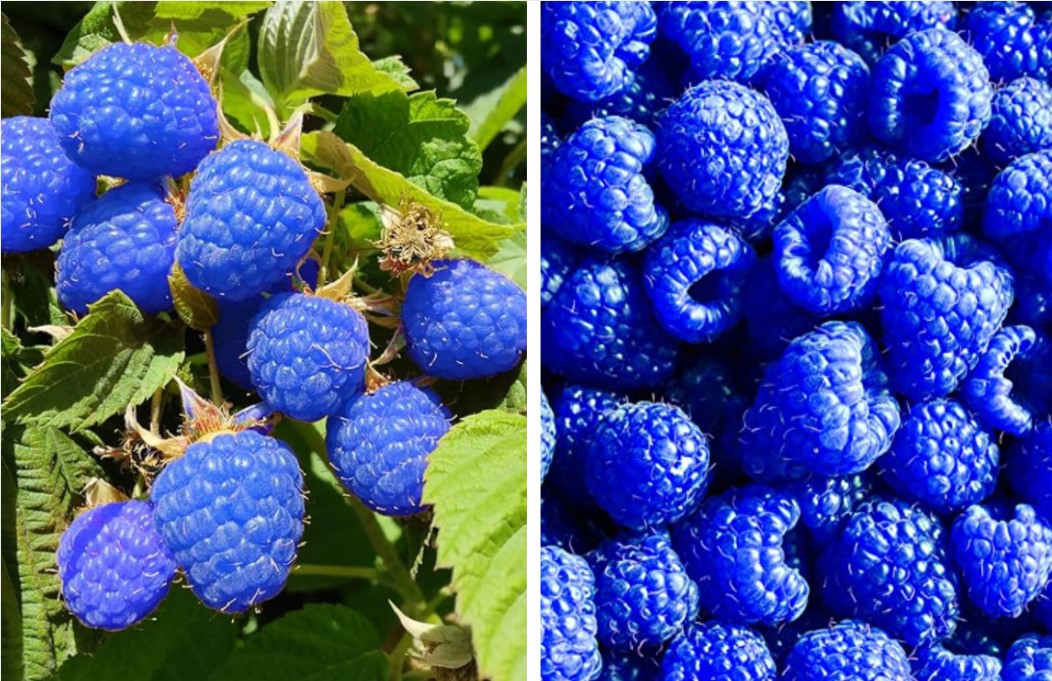
Blue raspberry is a vibrant, artificial flavor that has captured the hearts (and taste buds) of candy and drink lovers around the world. Despite its bold, fruity taste, blue raspberry isn’t derived from a real fruit but from creative flavor engineering. This article will explore its fascinating history, why it’s blue, and its enduring popularity in the food industry.
What is Blue Raspberry?
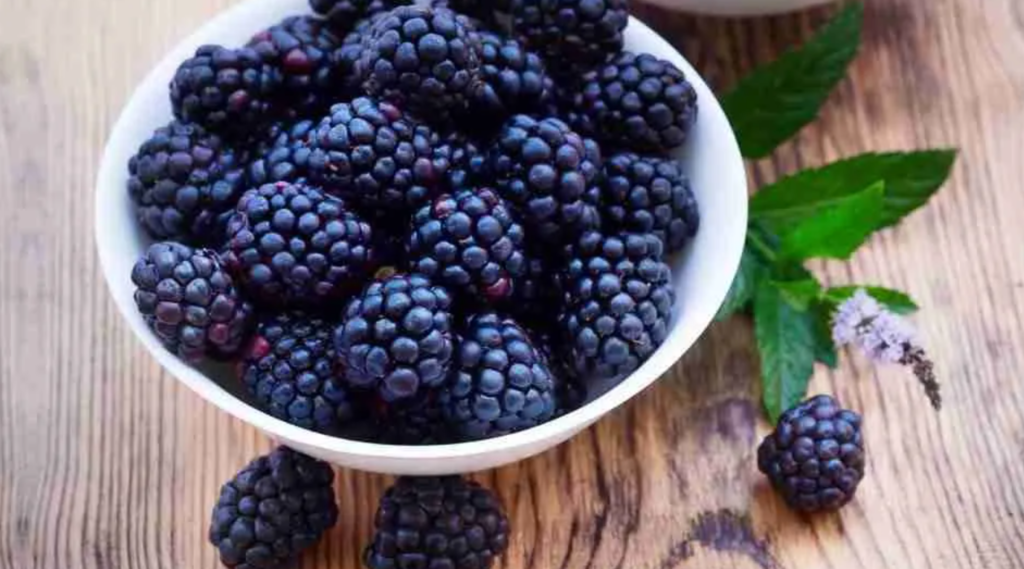
Blue raspberry is an artificial flavor created to mimic the sweet and slightly tart taste of raspberries but with an intense twist. It doesn’t come from any natural blue raspberry fruit (no such fruit exists), but instead, it is a result of food science and marketing. The bright blue color was chosen to stand out visually, particularly in candy and beverages.
This flavor became a hit in the 1970s, when companies like ICEE and Otter Pops introduced blue raspberry slushies and popsicles. Its distinct electric blue color and bold taste made it an instant favorite among children and continues to evoke nostalgia for many adults today.
History of Blue Raspberry Flavor
The story of blue raspberry begins in the 1970s when food manufacturers sought a flavor that would complement their bright, colorful products. Traditional raspberry flavors were often red, which clashed with other red flavors like cherry and strawberry. To differentiate it, blue raspberry was born, using FD&C Blue No. 1 dye to create its signature color.
ICEE and Otter Pops are credited with popularizing the flavor in their icy treats, creating a new sensation in the food market. Over the years, blue raspberry expanded into candies, sodas, sports drinks, and more. Its nostalgic charm continues to make it a staple in snack aisles today.
Why is Blue Raspberry Blue?
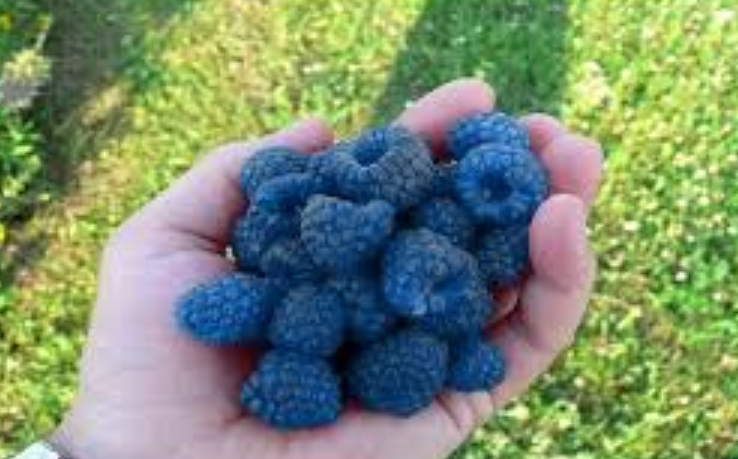
The choice to make blue raspberry blue was largely a marketing decision. The color blue is rarely associated with natural foods, which made it stand out. Additionally, the bright blue hue helped differentiate it from other raspberry-flavored products that were traditionally red.
The dye used to create its striking appearance is FD&C Blue No. 1, a common food coloring approved for use in a wide range of consumables. Its uniqueness, combined with the bold taste, gave blue raspberry its iconic identity in the world of artificial flavors.
The Science Behind the Flavor
Blue raspberry’s flavor is created using a combination of natural and artificial flavoring compounds. The base taste is derived from a mix of esters and acids, which mimic the tangy and sweet profile of real raspberries while adding a tart punch.
Some key components include:
- Citric acid: For tartness.
- Ethyl butyrate and isoamyl acetate: To simulate fruity sweetness.
These compounds, along with sweeteners and dyes, create the signature blue raspberry flavor that has become so recognizable.
Blue Raspberry vs. Real Raspberries
There’s often confusion about whether blue raspberry is based on a real fruit. In reality, it isn’t. While the flavor draws inspiration from raspberries, it doesn’t taste exactly like the fruit.
The idea of a “blue raspberry” fruit is sometimes linked to the whitebark raspberry (Rubus leucodermis), a natural berry that has a blue-black color. However, this fruit is rare and not widely used, so the flavor remains entirely artificial.
Foods and Beverages with Blue Raspberry Flavor
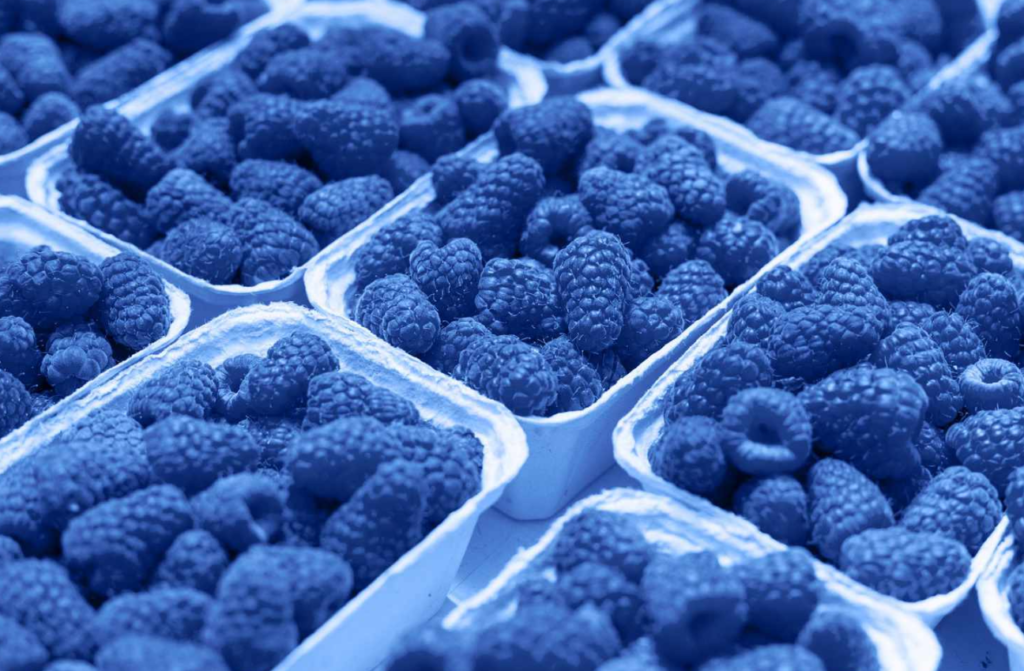
Blue raspberry is featured in a wide variety of products, including:
- Candy: Gummies, lollipops, sour belts.
- Drinks: Slushies, energy drinks, sports drinks.
- Frozen Treats: Ice pops, sorbets, shaved ice.
- Chewing Gum: Popular for its bold flavor.
The versatility of blue raspberry makes it a favorite in sweet, tangy treats, particularly among kids and teens.
Cultural Impact of Blue Raspberry
Blue raspberry isn’t just a flavor; it’s a cultural icon that represents the fun and nostalgia of childhood. Its bright color and bold taste evoke memories of summer days spent enjoying slushies or picking candy at the local store.
Beyond its nostalgic appeal, blue raspberry remains a marketing success story. Its visual distinctiveness and unique flavor profile have kept it relevant for decades, proving its staying power in an ever-evolving food industry.
Is Blue Raspberry a Real Fruit?
No, blue raspberry is not a real fruit. It is an entirely artificial flavor created by food scientists. While some people associate it with the rare blue-black whitebark raspberry, the flavor itself is not derived from any natural fruit.
This common misconception is part of the allure of blue raspberry—it feels exotic and unique, even though it’s a product of human creativity.
The Popularity of Blue Raspberry in the Food Industry
The food industry continues to embrace blue raspberry because of its eye-catching color and universally appealing taste. Its sweet-tart balance makes it a hit in candies and drinks, while its bright hue ensures it stands out on shelves.
The flavor also plays on nostalgia, appealing to adults who grew up loving blue raspberry slushies and treats. This cross-generational appeal keeps it relevant in today’s market.
Health and Nutritional Information
While blue raspberry products are generally safe to consume, they do contain artificial dyes, flavorings, and sweeteners. These can pose concerns for people sensitive to additives or seeking more natural options.
It’s important to consume blue raspberry-flavored treats in moderation, especially sugary items like candies and slushies. Checking labels can help identify products with fewer additives or lower sugar content.
The Future of Blue Raspberry Flavor
As food technology evolves, the blue raspberry flavor is likely to adapt to changing consumer preferences. Trends such as using natural coloring agents or adding healthier ingredients may shape the future of this iconic flavor.
Despite these changes, the appeal of blue raspberry as a fun, nostalgic, and visually striking flavor ensures it will remain a favorite in the years to come.
Conclusion
Blue raspberry is a flavor that stands out for its boldness, nostalgia, and unmistakable identity. While entirely artificial, it has carved a permanent place in the world of food and beverages, captivating consumers of all ages.
Whether you’re enjoying a blue raspberry slushie, gummy, or ice pop, this iconic flavor continues to deliver the perfect balance of sweetness and tartness. Its story is a testament to the power of creativity in the food industry and its ability to turn something artificial into something truly beloved.
FAQs About Pistachio Tree
What is a pistachio tree?
The pistachio tree (Pistacia vera) is a small, resilient tree native to the Middle East and Central Asia, known for producing nutrient-rich pistachio nuts.
How long does it take for a pistachio tree to produce nuts?
Pistachio trees begin producing nuts after 7–10 years and reach full production around 15–20 years. They can live and produce for over 100 years.
Where are pistachio trees commonly grown?
Pistachio trees thrive in hot, dry climates and are primarily grown in Iran, the United States (California), and Turkey.
What are the health benefits of pistachios?
Pistachios are rich in protein, healthy fats, antioxidants, and fiber, supporting heart health, digestion, weight management, and glowing skin.
Are pistachio trees environmentally sustainable?
Pistachio trees are hardy and suitable for arid climates, but water-efficient farming practices are essential to minimize their environmental impact.
For More Info Visit: The Hollywood Reporters

